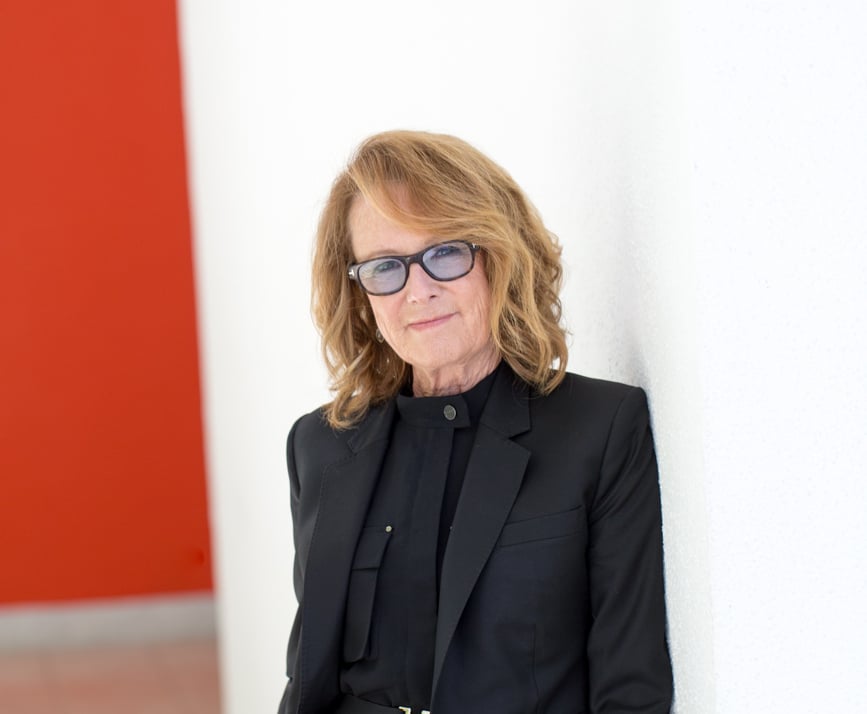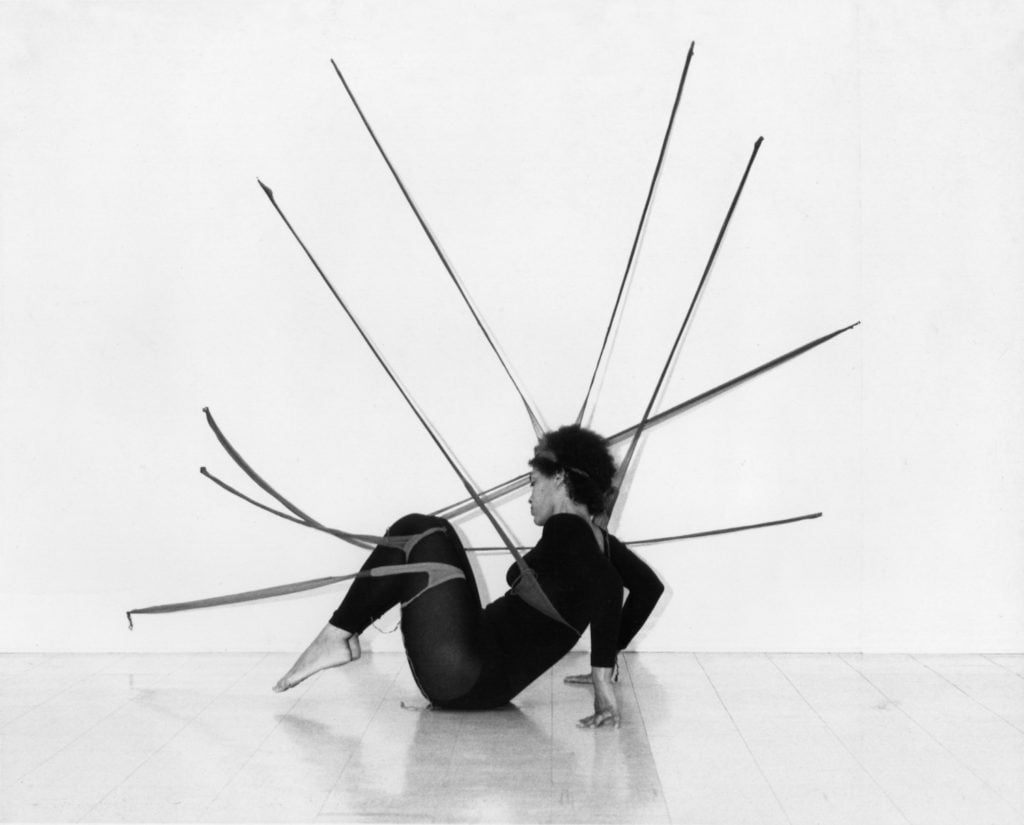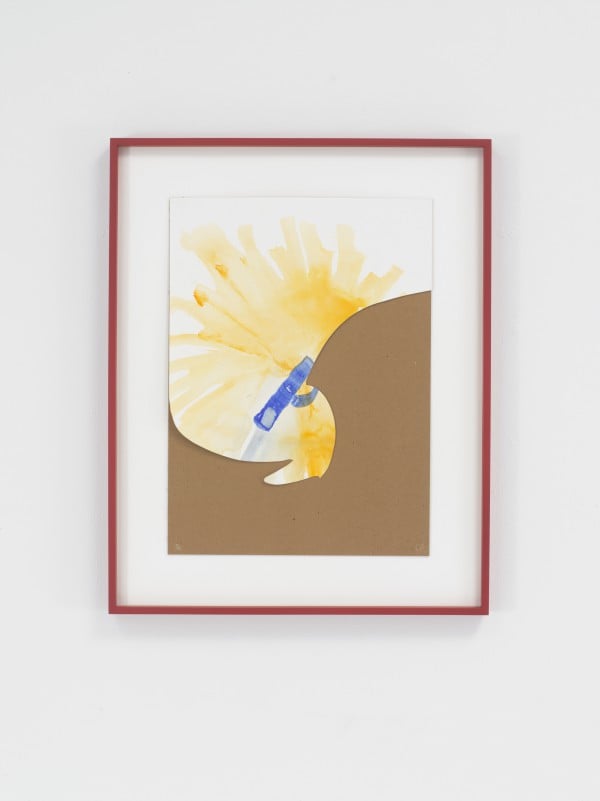People
Smithsonian Awards Art Medal to Trailblazing Artists Senga Nengudi and Richard Tuttle
Ann Philbin, the outgoing director of L.A.'s Hammer Museum, will be recognized for her contributions to art history.

The Smithsonian, the largest museum and research complex in the U.S., will honor three arts professionals next week with a prestigious award from the Archives of American Art.
Among the awardees are the pioneering artists Senga Nengudi, 81, and Richard Tuttle, aged 83. The third recipient is notable museum director Ann Philbin, 72, who retires from the Hammer Museum in L.A. on November 1 after 25 years in the role. She is widely recognized for having transformed the Hammer from a local treasure into a major international museum for contemporary art, and will receive the Lawrence A. Fleischman Award for Scholarly Excellence in the Field of American Art History.

Ann Philbin: Photo: Mark Hanauer.
Born in Chicago but now based between New York and Los Angeles, Nengudi has long incorporated performance into her sculptural practice and was a leading figure in 1970s New York, where she exhibited at the groundbreaking Just Above Midtown (JAM) gallery. She is best known for abstracted evocations of the human body achieved by working with stretched reams of pantyhose, which can be made to bulge or hang when knotted up or filled with sand. Nengudi has been the subject of several notable institutional shows, most recently at the Philadelphia Museum of Art in 2021. In 2023, she received the Nasher Prize Laureate for excellence in modern sculpture.

Senga Nengudi. Performance Piece (1978). Black and white photographs. Photographer: Harmon Outlaw. Courtesy of Lévy Gorvy Gallery, New York and Thomas Erben Gallery, New York.
Predominantly associated with the midcentury art scene in Manhattan, New Jersey-born Tuttle now works between New York, New Mexico, and Mount Desert in Maine. He made a name for himself with his subtle post-minimalist works on paper, always composed of just a few spare lines in space. In more recent years, Tuttle has been celebrated for small-scale assemblages made of everyday found materials. The artist is also a supporter of the Archives, having recently donated his papers and recorded an oral history to the Smithsonian in 2016.
“They have championed art as activism, provocation, invitation and education,” said the Archives’ director Anne Helmreich. “They have reimagined the forms, materials and spaces of art. Their extraordinary and groundbreaking contributions have transformed the art world, leaving an indelible mark on society.”

Richard Tuttle, Aspect II (2015). ©2015 Richard Tuttle, courtesy Pace Gallery.
Now in its 70th year, the Smithsonian Archives of American Art’s holding of over 20 million items is the foremost resource on the collection, preservation, and documentation or visual arts in the United States. Notable past honorees include artists Roy Lichtenstein, Glenn Ligon, and Chuck Close as well as MoMA trustee Agnes Gund.
This year’s award ceremony will take place on October 29 at the Rainbow Room at 30 Rockefeller Plaza, where the Archives will also recognize eight philanthropists for their significant contributions to its mission. Honorees include Alice Walton, the Walmart heiress who founded Crystal Bridges Museum of Art in Bentonville, Arkansas; dealer and collector Barbara G. Fleischman; and collectors Ann Kinney and Frank and Katherine Martucci. Organizations such as Nina W. Werblow Charitable Trust, Roy Lichtenstein Foundation, Terra Foundation for American Art, and The Henry Luce Foundation will also be recognized.





